The Entwined Twins Of Kota At The Weave Anthologies
The May summer has the brightest sun pouring into every nook and corner of my room. The leaves look parched and the cry of the thirsty bird engulfs my being. As I run amok into the unending insane search of familiarity of childhood memories. The terracotta earthen sweet water and the constant movement of the fan above my head. I am woken with the pitch of sounds, smell and the heat of summer, yet again I am awash in its poignant soft evening rays. The setting sun just falls lightly on my lilac Kota saree from The Registry Of Sarees. I feel all woman in it’s soft drape over my body.
This saree is benign in the summer months. The lilac is softer than the flowers soft bloomed petals and the yet to bloom ones of my garden. I wonder what took me so long to reach The Registry Of Sarees. Here I was in wonderment and divinity of the weavers love story with its muse. Here the Venus is the soft check woven Kota with block prints in gold.
We have the Jugalbandi in Indian Classical music. Jasrangi is the classic form of Jugalbandi. The two singers in this confluence of voice and raga gives prominence to the Ma note of the female voice and Sa of the male voice. Weave Anthologies did just that in the curated exhibition, bringing together the Mysore prints into the Kota weave of Rajasthan. The perfect Jugalbandi of weave and print.
The artisans on behalf of The Registry Of Sarees went into the clusters of the Rajasthan Kota Doria weavers and created their confluence of South Indian prints with the chequered weave of the light Kota saree.
The Kota is called the Masuria. They were originally woven in Mysore. A general in the 17th and 18th century in the Mughal army by the name of Rao Kishore Singh brought the weavers to Shada a small town in Kota. These sarees were called Kota Masuria.
At this eclectic curated event by the Weave Anthropologies, history is being repeated and replayed again. I was staring shamelessly at the collection of Jamdanis, Kanjiveerams, Kota and more. The dyes are natural, earth-conscious and the sheen of the fabric is pristine.
If you love your weaves and the feel of natural dyes over your skin, please head to the curated show at The Registry Of Sarees, Research And Study Centre, Domlur on the 4th Of May, 2019, 11.00 am to 7.00 pm.
I gifted myself the light Lilac Kota. Haven’t fallen in love in long, with the sheer gauze like the softness of this fabric over my body.
It reminds me of the heritage of Indian arts and crafts and crusaders like The Registry Of Sarees. It makes me believe, the lost, sad sound of the clanking of weavers creating magic on yards of pure fabric won’t perish too soon. It shall continue its song of love, hope and beauty.
I believe there are many who will still uphold this tradition forever, of wearing handloom woven fabrics. Because as you buy a Saree you are continuing the dream of a weaver, who many times feels bereft without the constant use of his hands on his weaving wheel. This is their livelihood to create art on fabric. And I am an eternal optimist.

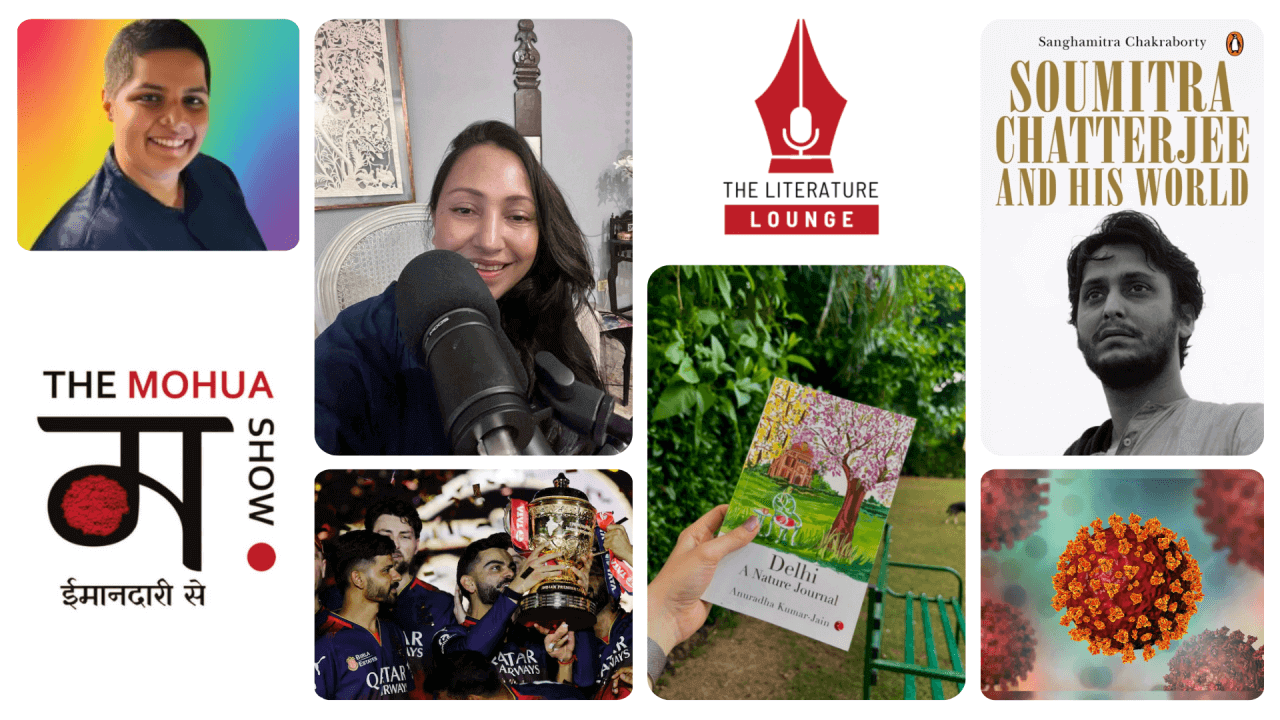
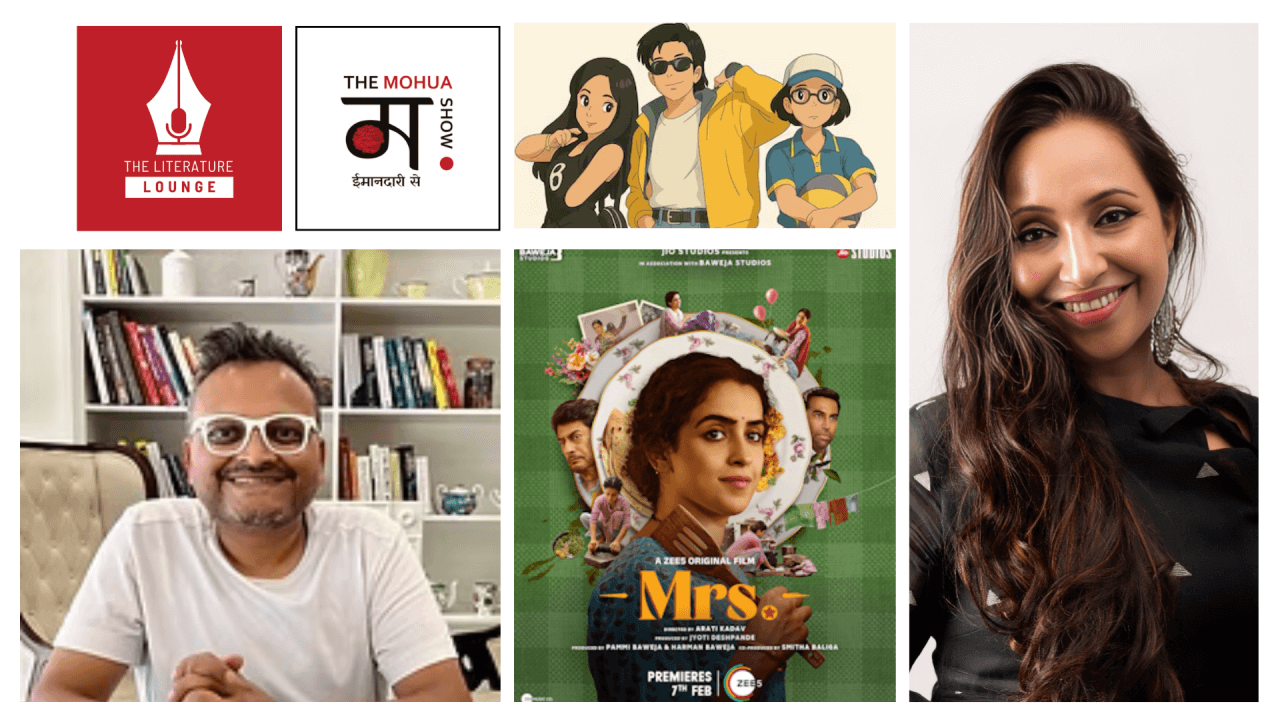
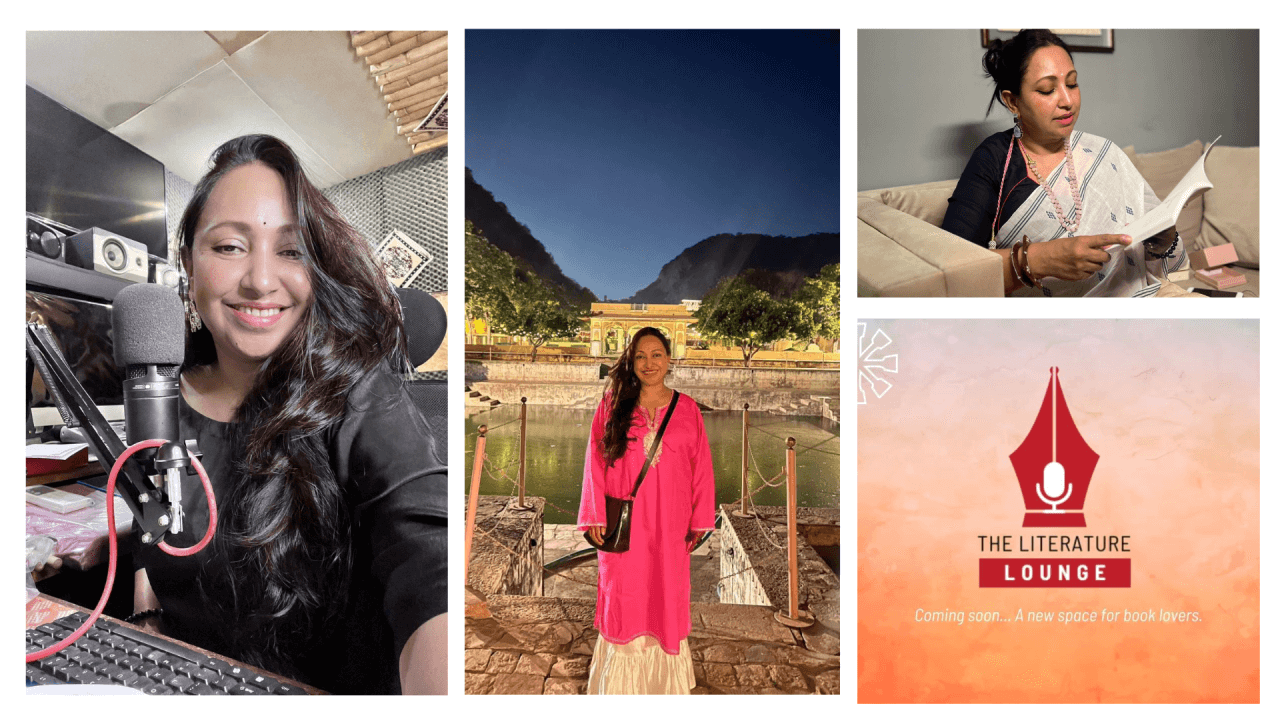
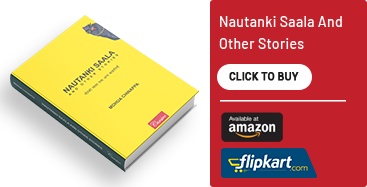
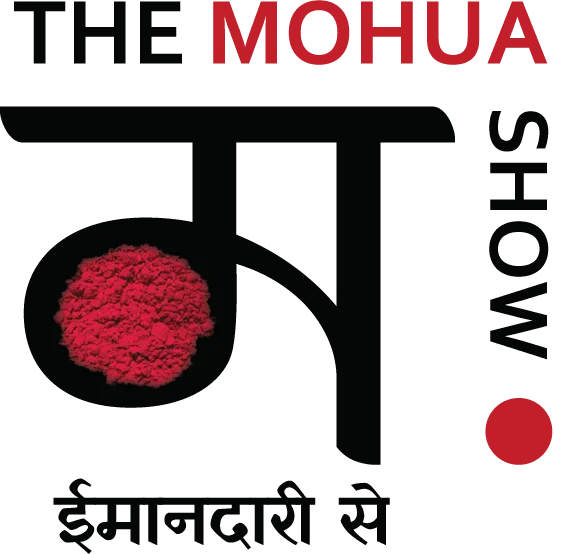
Anjan das
Interested about the product